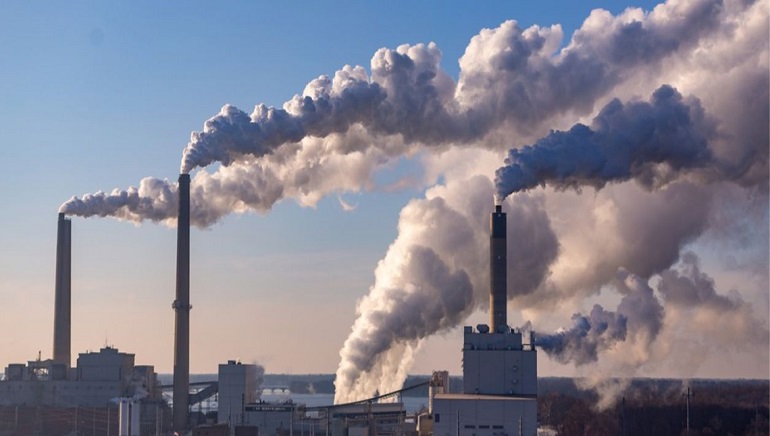Countries raised a record $95 billion in 2022 by charging companies for emitting carbon dioxide, but prices are still tremendously low to drive changes necessary to meet the Paris Agreement, said the World Bank in a report released in May.
In a statement, Jennifer Sara, Global Director, Climate Change Group, World Bank Group, said that even in difficult economic times, governments are prioritising direct carbon pricing policies to reduce emissions. However, to really drive change at the scale needed, the world needs to see big advances both in terms of coverage and price.
Many countries are using a price on carbon emissions to help meet their climate goals in the form of a tax, or under an emissions trading, or cap-and-trade, system. Presently, there are 73 global carbon pricing instruments in use, compared with 68 when the World Bank issued its 2022 report last May, covering around 23 percent of global greenhouse gas emissions. The figure raised in 2022 in carbon revenues was higher from around $84 billion raised in 2021.
In 2017, a report by the High-Level Commission on Carbon Prices indicated that carbon prices need to be in the $50-$100 per tonne range by 2030 to keep a rise in global temperatures below 2 deg C — the upper end of the limit agreed upon in the 2015 Paris Agreement.
As of April 1, 2023, less than 5 percent of global greenhouse gas emissions are covered by a direct carbon price at or above the range recommended by 2030. Adjusted for inflation, those prices would now need to be in the range of $61-$122 tonne, the World Bank report said.















